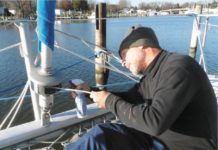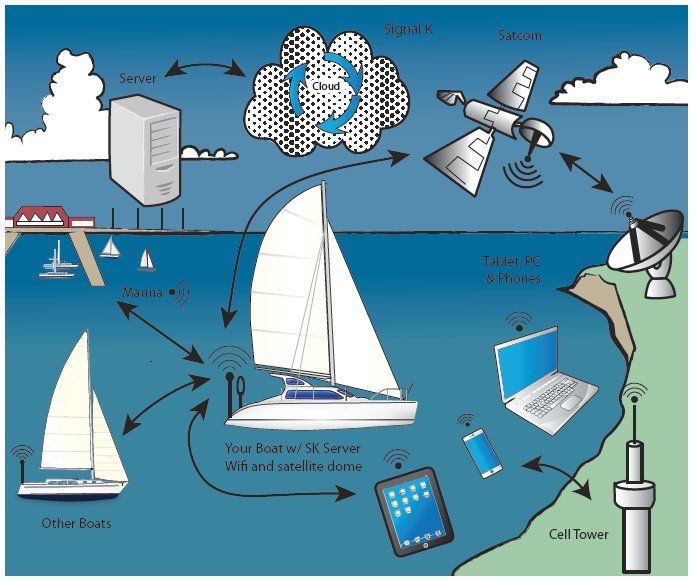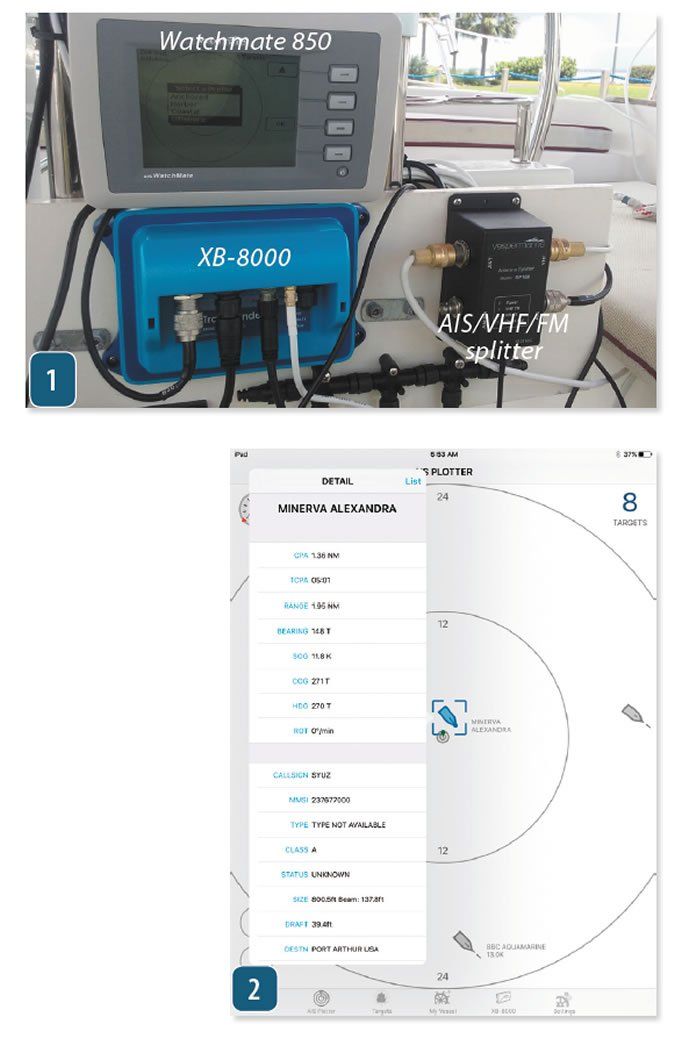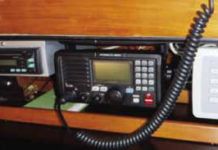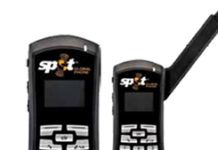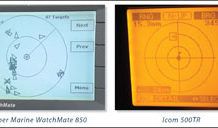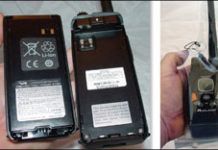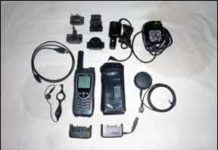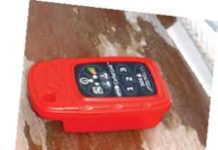VHFs for Hearing Challenged
Like an increasing number of senior sailors, I require hearing aids to effectively communicate. However, in the cockpit of a sailboat-with the wind blowing or the engine running-hearing aids are not helpful when trying to carry on a VHF radio conversation. What I need is a VHF marine radio that will accept headphones (preferably noise cancelling). Of the many VHF radios that you have evaluated, have any been wired for headphones?
Testing Telemedicines Limits
Early into the 645-mile race between Marion, Mass., and the island of Bermuda in 2009, trouble brewed aboard the C&C 40 Corsair. The bizarre situation that the crew of Corsair faced is described in detail in a 2011 article, Lost at Sea, written by Diane Kelly in Ocean Navigator magazine. It all began when the navigator, 75-year-old Ron Chevrier, started acting strangely.
An Experiment in Boosting Wi-Fi the DIY Way
In November 2010, Practical Sailor posted a Reader Workbench article written by subscriber Ed Mini of Mystic, Conn., on a do-it-yourself Wi-Fi booster/antenna assembled from parts ordered primarily from Data Alliance and Home Depot. The system did a good job of boosting the distance users could connect with onshore hotspots, and the cost was under $100, not counting labor. About a year later, PS tester Ron Dwelle decided to put together a similar system, but he used the components that commercial vendors use. Heres a rundown of his system, which has stood up well for three years.
The SPOT Sat Phone
SOS buttons and two-way texting are handy, but nothing beats being able to actually speak with someone in the event of an emergency. This is the great appeal of owning a satellite phone, but the prices of both sat phones and service plans have stubbornly remained above the pain threshold most sailors are willing to bear, even though theyve certainly become more affordable over the last decade.
Comparing Class B AIS Transceivers
The popularity of Automatic Identification Systems (AIS) has grown exponentially in recent years. Lower costs have played a big hand in this; however, the primary driver remains boat owners looking to increase safety. Our latest evaluation compared Class B transceivers from two key players in the AIS market. From Icom, we tested the MA-500TR. New Zealand-based Vesper Marine submitted its WatchMate 850 for testing. We rated the products on AIS functions, control capabilities, user-interface, filtering capability, display quality, and screen visibility.
Marine Handheld VHFs Test
Testers evaluated handheld VHF radios from three leading marine electronics makers. From Icom, we tested the M92D and M24. Standard Horizon submitted the HX290, HX300, and HX400, and from Midland Radio, we reviewed the Nautico 2. The VHFs in our test group ranged in price and features from a $50 basic, budget-friendly model to a $299, feature-rich handheld with DSC and GPS capabilities. All offered channel scanning, channel 16 quick select, NOAA weather radio, and weather alert. Unique features among the group included scrambler capabilities and remote microphone options.
Where Credit Is Due: April 2013
About six months ago, I bought a Raymarine Smart Controller remote for my autopilot. It is a great unit that I have come to depend on, especially when single-handing. The Smart Controller plugs into the SeaTalk system and serves as a wireless remote for the autopilot. The weak point in the system is the lightweight lanyard. Recently mine gave way, and the remote bounced twice toward the rail, hung in mid-air, then disappeared overboard. You can imagine my anguish after failing to retrieve it. I contacted Raymarine (www.raymarine.com) and told them my story. I guess it was my lucky day: Long story short, they sent me a new one! Im a huge Raymarine fan now.
DeLorme inReach vs. Iridium Extreme
There are numerous portable marine electronics that can keep you connected while you get away from it all. But which device offers the most features-tracking, two-way communication, location sharing, etc.-at the best price? And which one can be counted on in an emergency? We began our look at these personal electronics with the January 2013 review of BriarTeks Cerberus Cerberlink and the SPOT Connect. This month, we evaluate the DeLorme inReach, another pocket-sized, satellite communication option for the cruising sailor, as well as the Iridium Extreme 9575 sat phone, which is capable of providing worldwide voice communication.
Plotting Your Escape in the Age of Satcom
I wanted to try a little experiment this week. Something safe, with little risk of getting hurt. Something I could do while drinking coffee and listening to Puccini . . . or the Rolling Stones . . . or Mumford and Sons. Something on the Internet. It got off to a bad start. I dropped in on one of those Internet forums where angry people wait to spring on innocents like me. The deeper I dug, the angrier they got.
Satcom Moves a Little Closer to Affordable
A new generation of satellite phones is making it easier to stay connected. The latest Satcom devices not only provide the satellite tracking offered by the original SPOT device, but also offer communication via text and email messaging. The focus of this test series was pocket-sized, satellite-based communication for the cruising sailor-devices that provide one- or two-way communications and tracking via the Internet, and can also serve as a backup to conventional personal locator beacons. This report, the first in a series, focuses on the SPOT Connect and Briarteks Cerberus CerberLink devices.



















